DOUBLE INDEMNITY: Crime Noir for the Ages
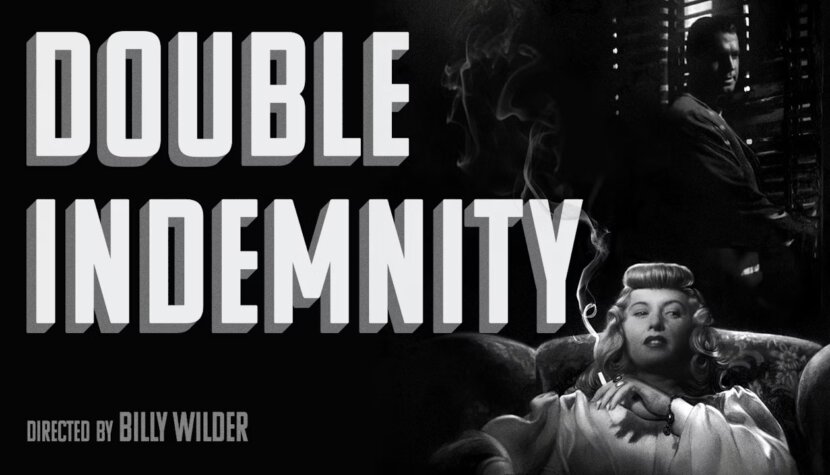
Under the right circumstances and with a bit of luck, one can thus receive substantial compensation in case of an unexpected accident (a concept literally reflected in the original title of Billy Wilder’s film Double Indemnity). The catch is that to gain, one must first lose something—such as a life. However, such risks can be thrilling, making it a game worth playing for many—a tempting opportunity they often succumb to, frequently encouraged by equally money-hungry partners.
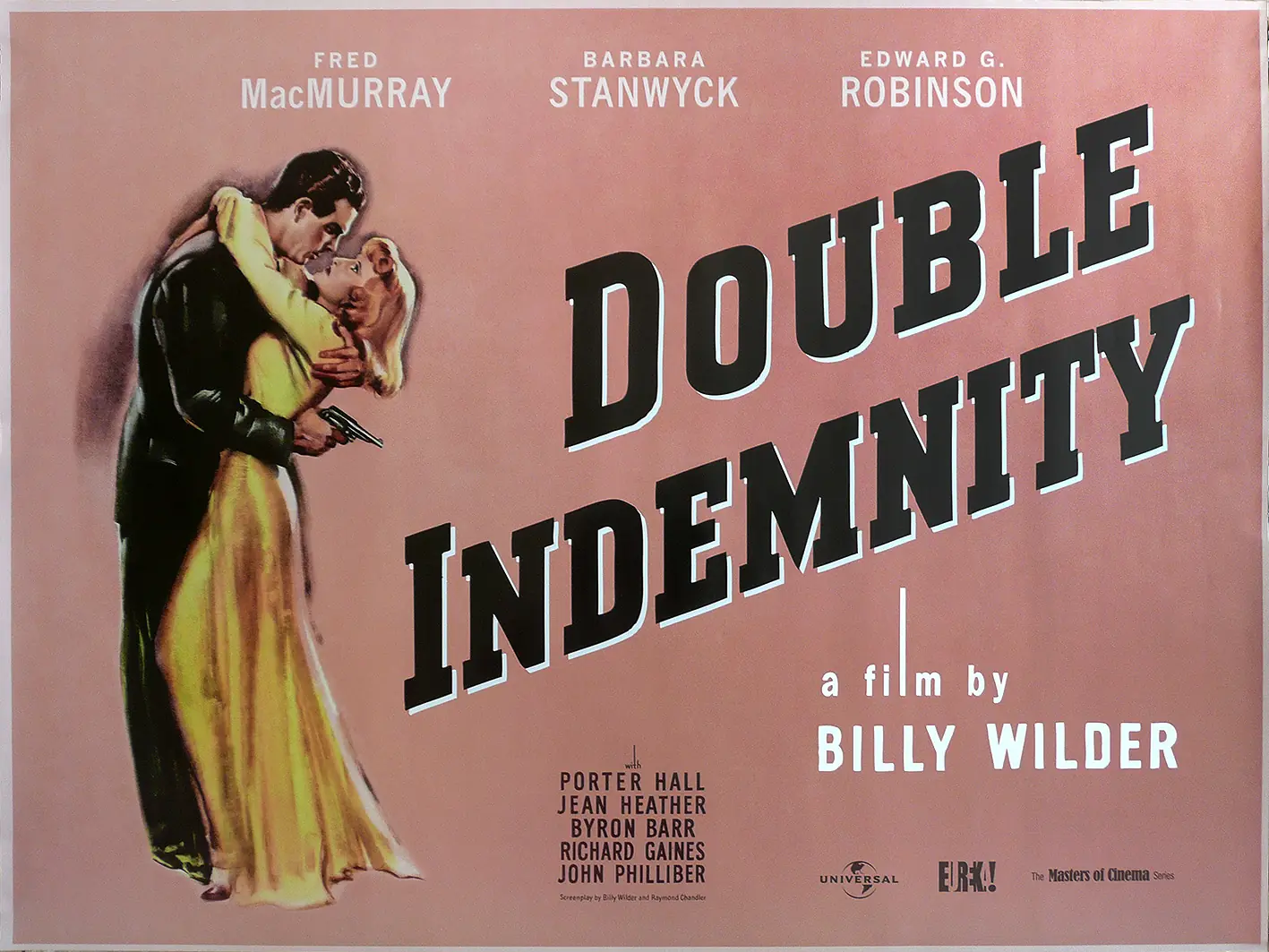
That’s precisely what happened with Ruth Snyder and her lover, Henry Judd Gray. In the 1920s, they became (in)famous after murdering Ruth’s husband, Albert, having first successfully persuaded him to take out a substantial insurance policy. They didn’t get a chance to enjoy the extra cash, however, as they were quickly caught and tried. And since this was a time when authorities didn’t handle criminals with kid gloves, it wasn’t long before a photograph of Snyder’s execution on the electric chair at Sing Sing prison made headlines nationwide. The photo even reached the hands of writer and journalist James M. Cain, author of the similarly themed novel The Postman Always Rings Twice, who turned the entire story into an equally popular book. And just like the aforementioned title, Double Indemnity quickly caught Hollywood’s attention.
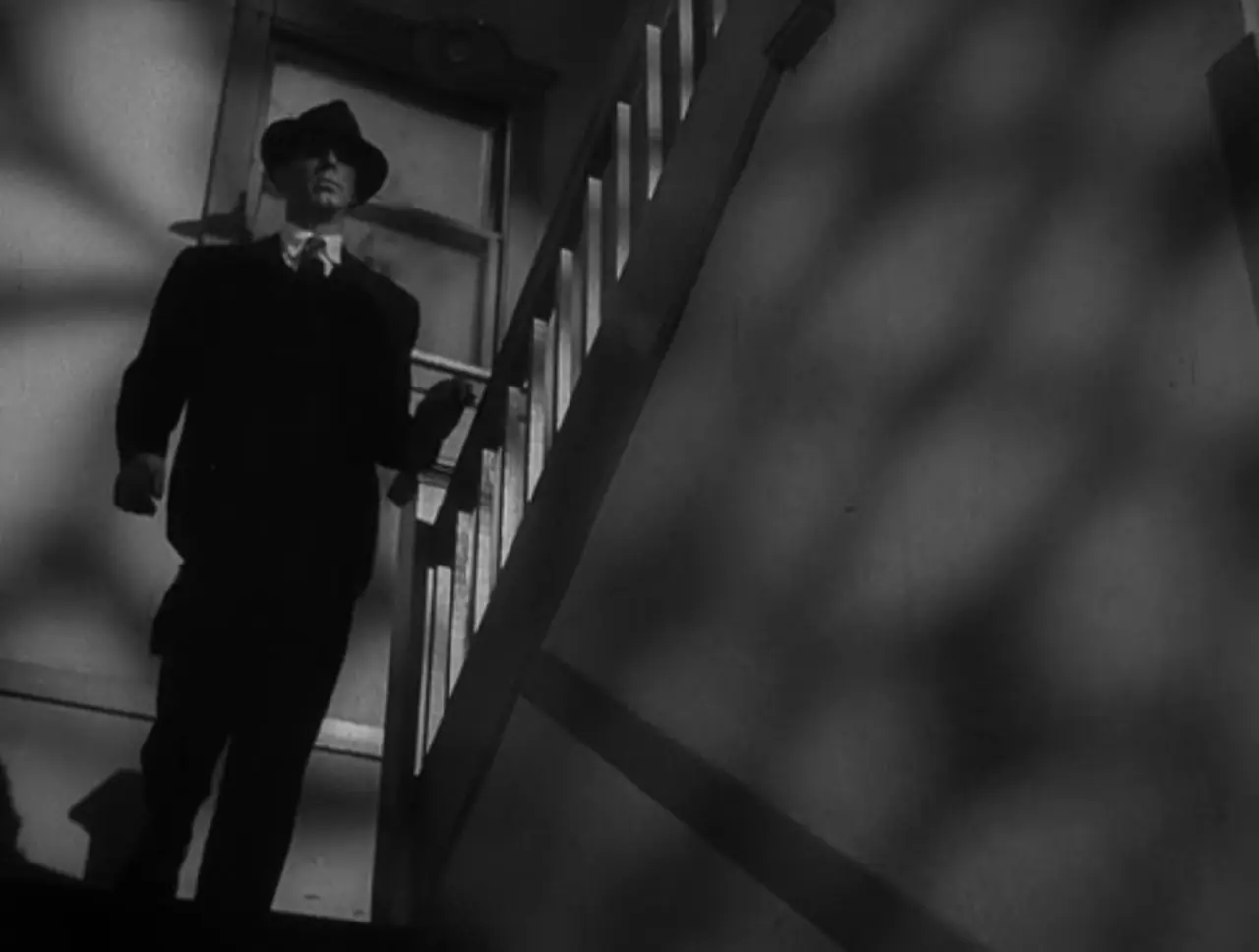
Specifically, it piqued the interest of master director Billy Wilder, known for his ability to turn almost any material he touched into cinematic gold (not just Oscar-winning, though Double Indemnity did receive seven nominations, becoming his first major success). However, in this case, the filmmaker faced significant challenges, primarily due to the story’s uncomfortable nature in the context of the times. It took Wilder nearly eight years to appease censors operating under the restrictive Hays Code—when he first tried in 1935, it was deemed that the book was simply unsuitable for a film that could be shown to the American public. Furthermore, Wilder’s longtime screenwriting partner, Charles Brackett, refused to collaborate on the script because it made him uncomfortable.
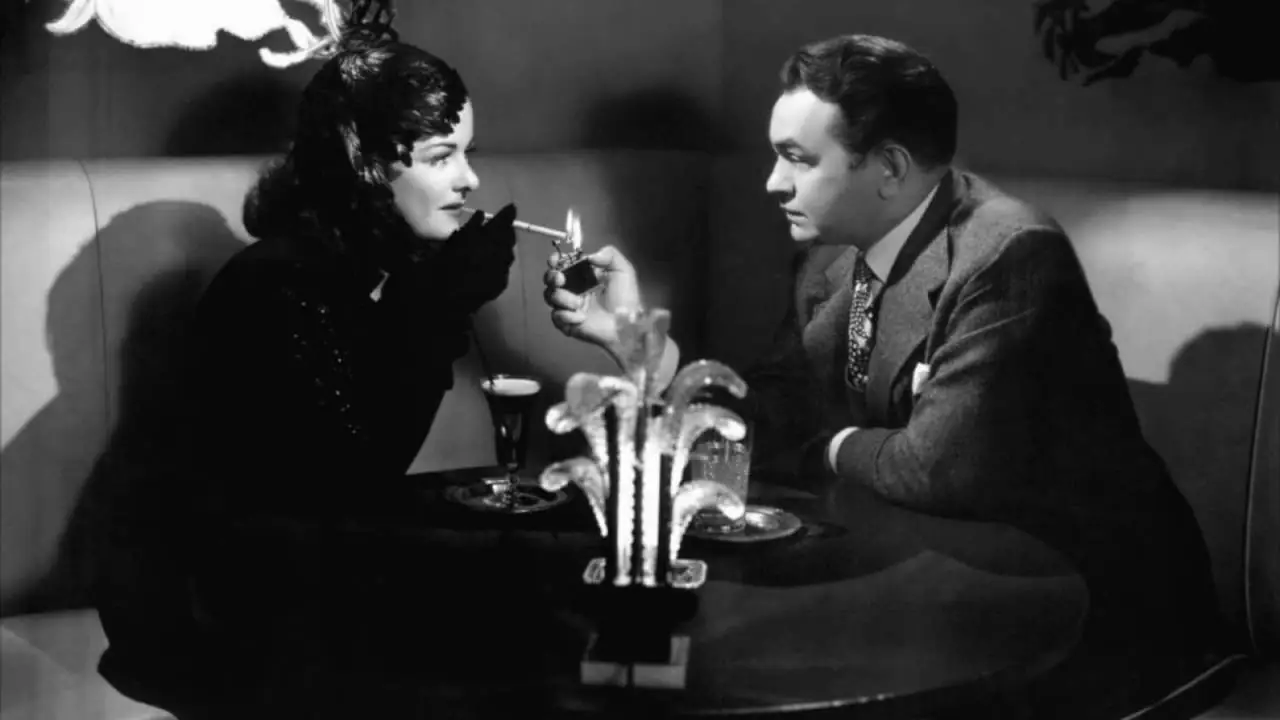
The tumult of World War II eventually shifted ethical boundaries and public sensitivities significantly. But even then—in 1944—Wilder had to put in considerable effort and make numerous changes to his adaptation to gain approval. His efforts paid off handsomely, as the success of Double Indemnity not only helped Hollywood pay its overdue bills but also practically established the narrative standards of film noir.
Although it wasn’t the first noir film (that distinction is usually given to the 1940’s Stranger on the Third Floor, starring the immortal Peter Lorre), it was unquestionably the most significant of its era. It paved the way for future milestones of the genre and its unconventional creators, such as Jules Dassin, Nicholas Ray, and Otto Preminger. It also marked the beginning of inflated salaries for leading actors, with the cast of Double Indemnity costing the studio an astronomical (for the time) $100,000 per head, the highest pay in the industry. Above all, it firmly established the defining characteristics of film noir, particularly the archetype of the femme fatale, masterfully portrayed here by Barbara Stanwyck.
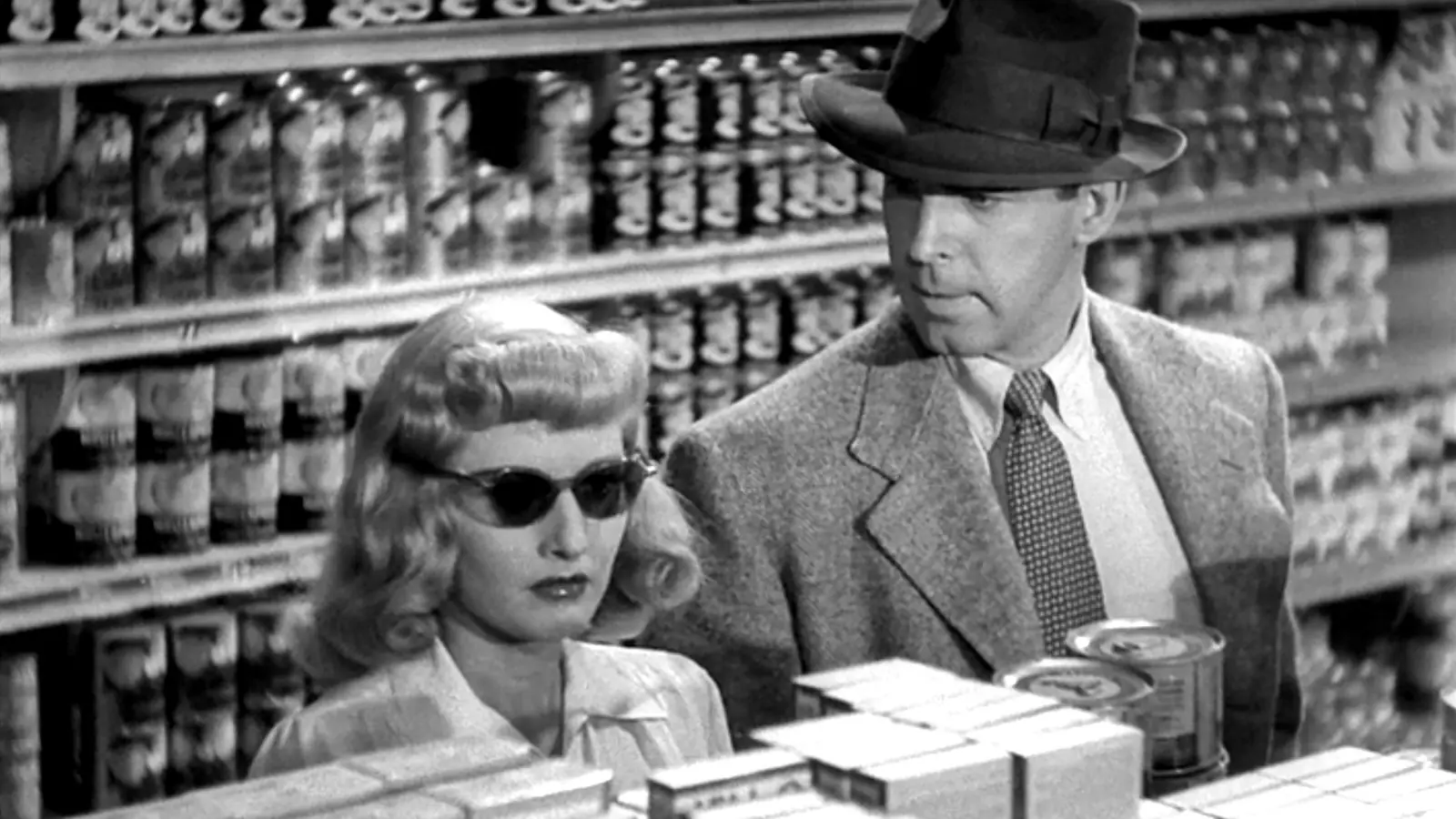
The profound influence of Stanwyck’s performance and the plot of Double Indemnity on later cinematic achievements is evidenced by the fact that, just a few months later, a knock-off film titled Single Indemnity was set to hit theaters. Ultimately, Paramount Pictures, the studio behind the original, managed to block its distribution, and the material shot with Ann Savage and Hugh Beaumont was later reworked into a crime television program called Apology for Murder. Fittingly so, considering that the starting point of Double Indemnity is the confession of a dying criminal, who in his statement does not so much directly apologize to his boss (a flawless Edward G. Robinson as Barton Keyes) for the committed murder as he tries to explain it (to himself as well), inadvertently saving the life of an innocent young man who becomes the primary suspect.
Spoiler alert? Not really, as this is not only the very beginning of Wilder’s film but also a variation of the true story mentioned at the outset, which cinema, as I noted, later adapted in many different ways. Pop culture has processed it so thoroughly that, despite its reliance on several twists, it hardly surprises anymore and is thus difficult to spoil. Its strength lies in its message and (at the time) the innovative style in which it is presented—much like the insurance schemes we’re “tempted” with in real life.
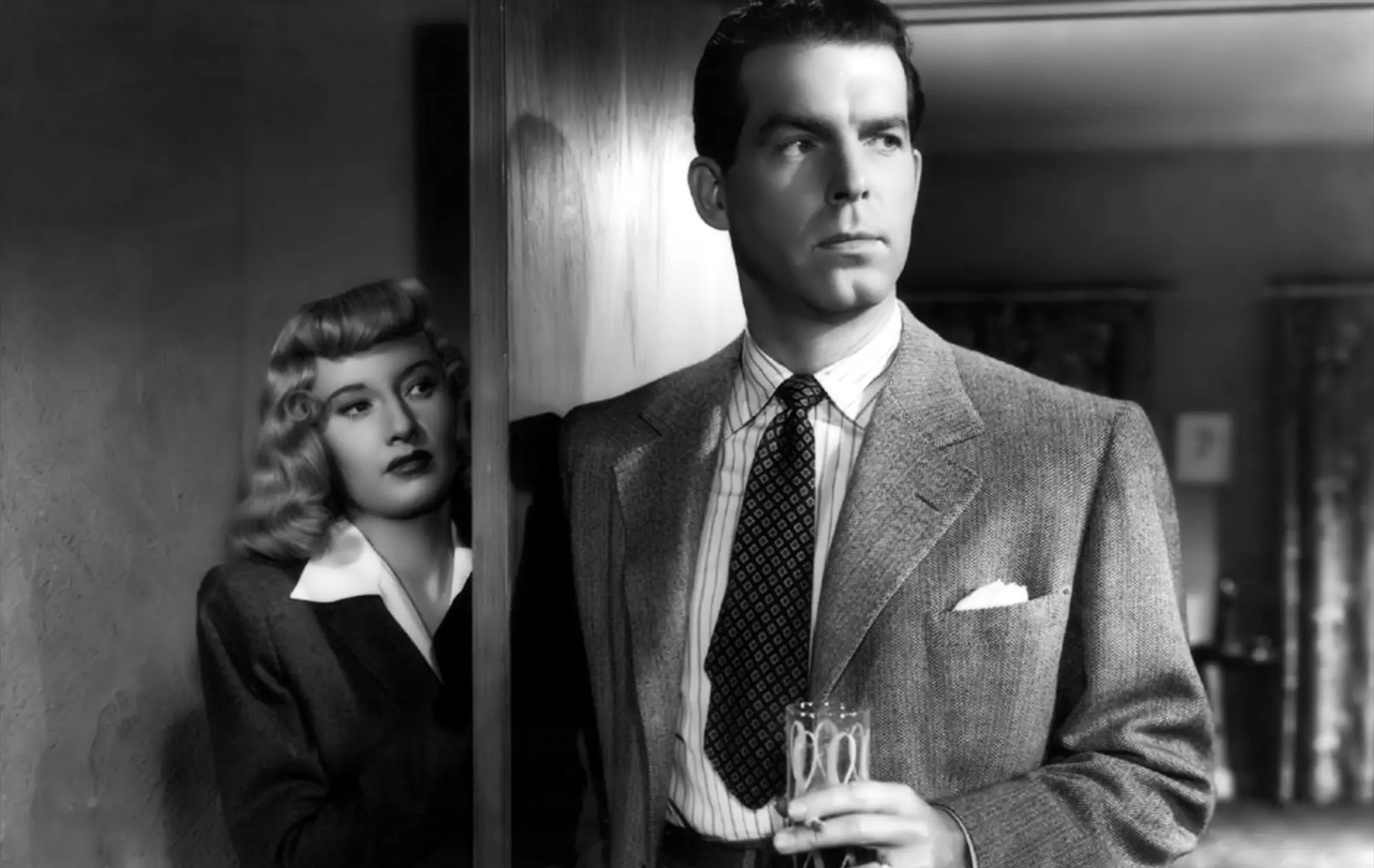
And just as insurance agents embellish the attractiveness of rates and the profitability of signing another policy, Hollywood also embellished the truth. Thus, the not particularly attractive and not very intelligent Ruth became the sexy, cunning, and shrewd blonde bombshell Phyllis Dietrichson (Nirdlinger in the book—on screen, of course, played by Stanwyck). Her rather mediocre accomplice, a married corset salesman (!), transformed into a handsome, strapping bachelor who knew the system inside out, insurance agent Walter Neff (Fred MacMurray, previously known primarily for comedic roles, who was cast only after many other big-screen stars declined, fearing for their image). Interestingly, life once again surprised the filmmakers. Neff—Huff in the novel—was supposed to be named Walter Ness, but it turned out that there actually was an insurance agent by that name in Beverly Hills.
Unsurprisingly, what in reality took the duo seven chaotic attempts and ultimately involved an overdose of chloroform becomes, in the film, a flawlessly executed operation, a bulletproof plan worthy of the best heist movies. It holds as much tension from beginning to end—and even beyond—as the real fun begins only after achieving the goal. Wrestling with one’s weaknesses and newly compromised (not just professional) ethics is one thing, while growing distrust toward one’s partner in crime is another matter entirely. After all, if you’ve killed once for money, why not do it again?
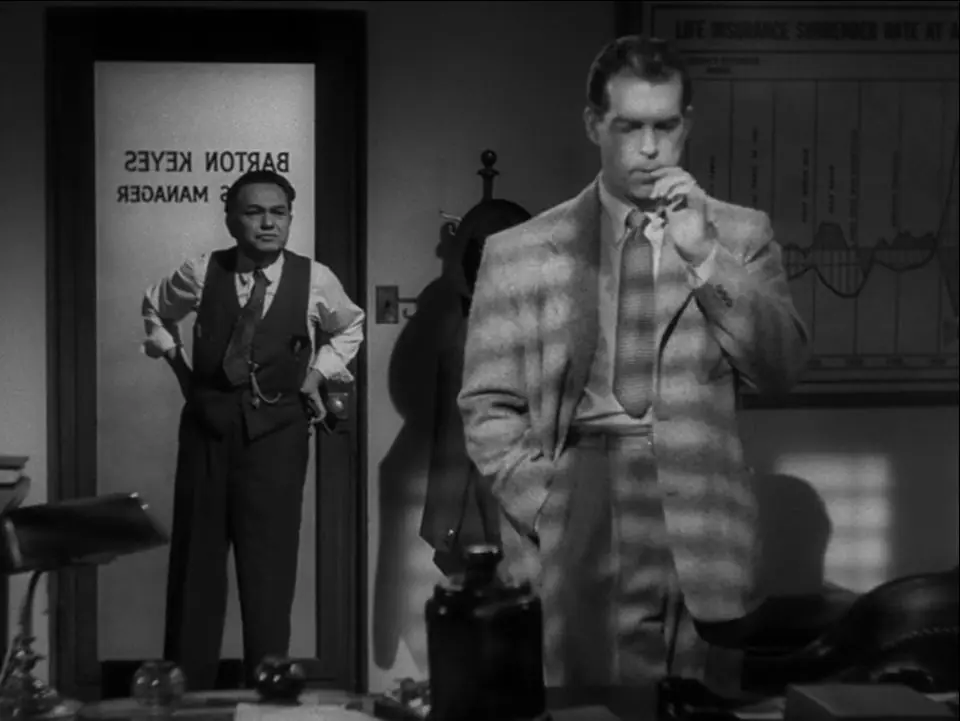
Although Double Indemnity entered theaters amidst scandal—with a full-blown campaign against the film launched in the name of protecting public morality—it quickly became an undeniable hit. Audiences flocked to the box office in droves, ensuring that the $900,000 budget was recouped six times over. The critical reception was also predominantly positive, evidenced by the aforementioned Academy Award nominations (losing to the now largely forgotten, “safe” musical Going My Way by Leo McCarey). However, its reputation and status as a true classic came later. Today, the film is still listed among the best achievements in cinema—not just American but worldwide—and ranks highly in various “best of” lists, from IMDb’s Top 250 to the personal list of the late Roger Ebert. Even on Rotten Tomatoes, it has achieved an impressive 96% freshness rating.
Even Wilder considered it one of the most perfect and polished works he had ever created—despite glaring mistakes like the wedding ring visible on Neff’s finger, doors opening outward, or Stanwyck’s overly artificial-looking wig (all of which the crew noticed too late to correct). Most impressed with Double Indemnity was Cain himself. The writer frequented the cinema, admitting that the moving picture was simply smarter than its literary counterpart and regretting that he hadn’t thought of some of the solutions himself. Ironically, the adaptation of his prose was penned by a fellow writer and crime fiction icon, Raymond Chandler, who always spoke dismissively of Cain’s work.
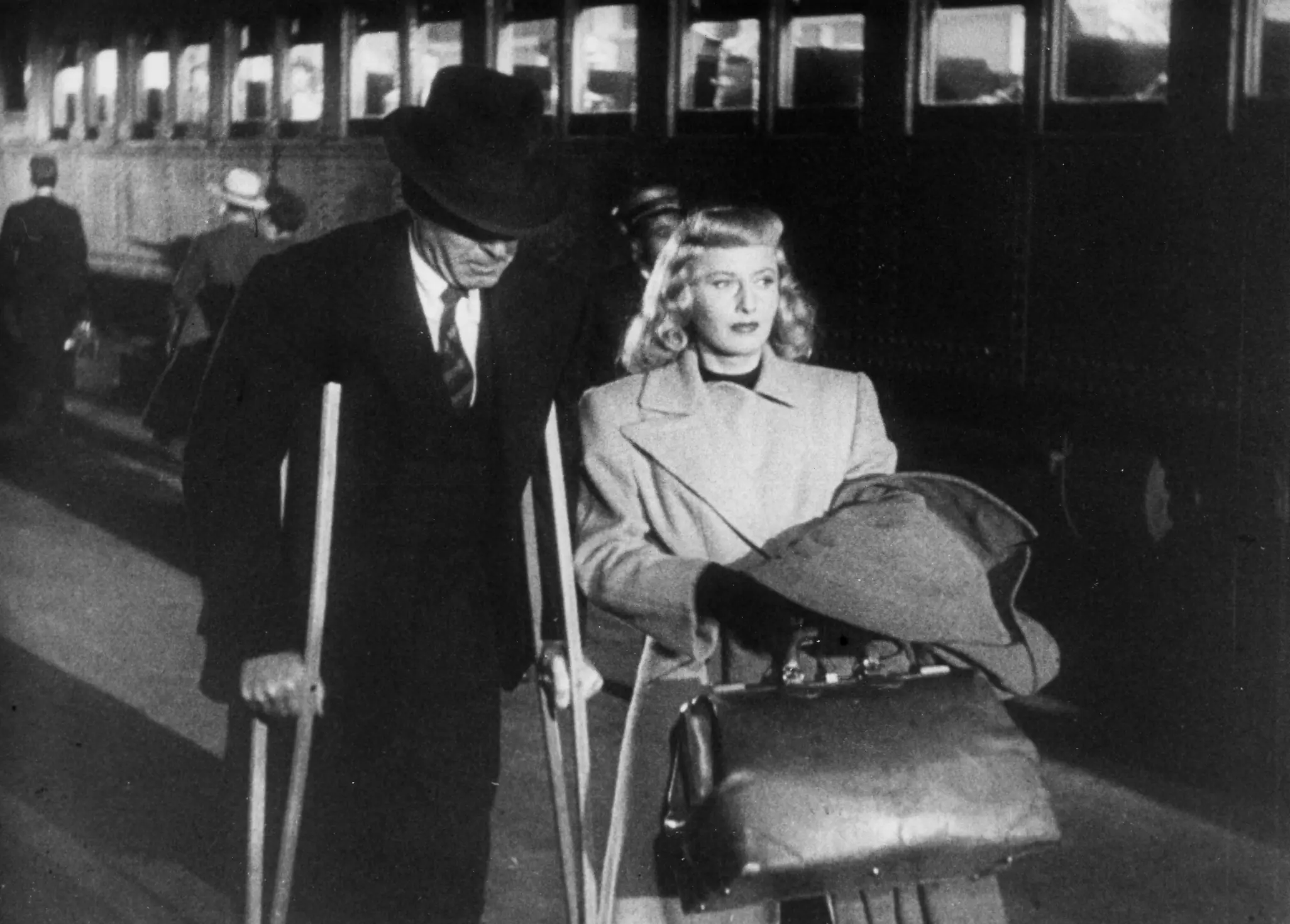
It was Chandler—the creator of detective Philip Marlowe and author of equally successful books adapted into films like Farewell, My Lovely and The Long Goodbye—who was largely responsible for the film’s sharp, witty dialogues filled with double meanings, delivered with remarkable naturalness by the characters. He also infused the project with the unique atmosphere of 1940s Los Angeles, further highlighted in the finished product by Miklós Rózsa’s dramatic (and by today’s standards, overly dramatic) score and John F. Seitz’s brilliantly shadowy cinematography. According to Wilder, Seitz reached the limit in portraying sunny California as a particularly gloomy and dark place (reportedly, it was sometimes so dim on set that the actors were barely visible).
Chandler, for his part—already seriously addicted to alcohol—constantly infuriated Wilder, subconsciously pushing boundaries in the Hollywood industry. He managed not only to secure complete control over the script and contract terms unavailable to others, especially those like him debuting in cinema, but also to win all disputes with producers and Wilder, with whom he endlessly argued. Uncharacteristically for him, the uncompromising filmmaker bent under pressure and apologized to the writer. He then went on to make The Lost Weekend, a film about an alcoholic writer, where he could vent all his frustrations from the collaboration and “explain Chandler to himself.”
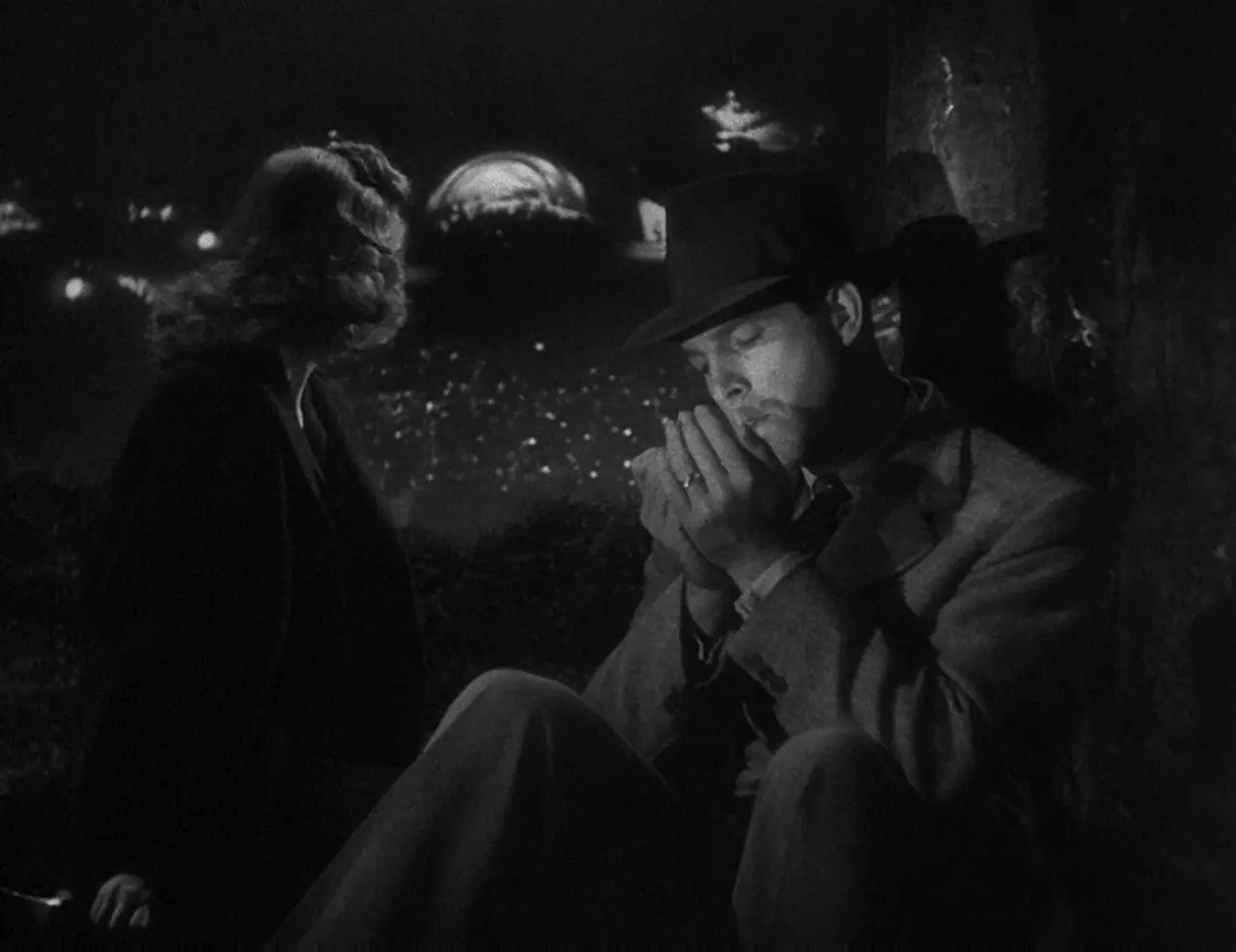
Before that, he captured Chandler on film—his brief cameo as a man in glasses sitting near Keyes’ office now holds historical value, as no other cinematic materials featuring Chandler have survived. After this experience, Chandler rarely returned to film, adding only The Blue Dahlia (written in 1946, reportedly entirely while drunk) and Hitchcock’s Strangers on a Train (1951, and yet another heated clash with the director) to his cinematic repertoire. There was also the screenplay for Universal’s Playback, ultimately unproduced, which became his last completed novel.
As for Double Indemnity, it inspired three separate radio adaptations—each featuring Stanwyck reprising her role—as well as a small-screen version of the same name (1973—notably the same year as the premiere of The Long Goodbye directed by Robert Altman) and three remakes: the little-known Eruption (1977), Bollywood’s Jism (2003), and the excellent Body Heat by Lawrence Kasdan (1981), which simultaneously serves as a homage to the genre classic. In the 1970s, there were plans for a new adaptation starring Robert Redford, but the idea (fortunately?) fell through. However, Steve Martin successfully incorporated clips from Wilder’s masterpiece into his spoof Dead Men Don’t Wear Plaid.
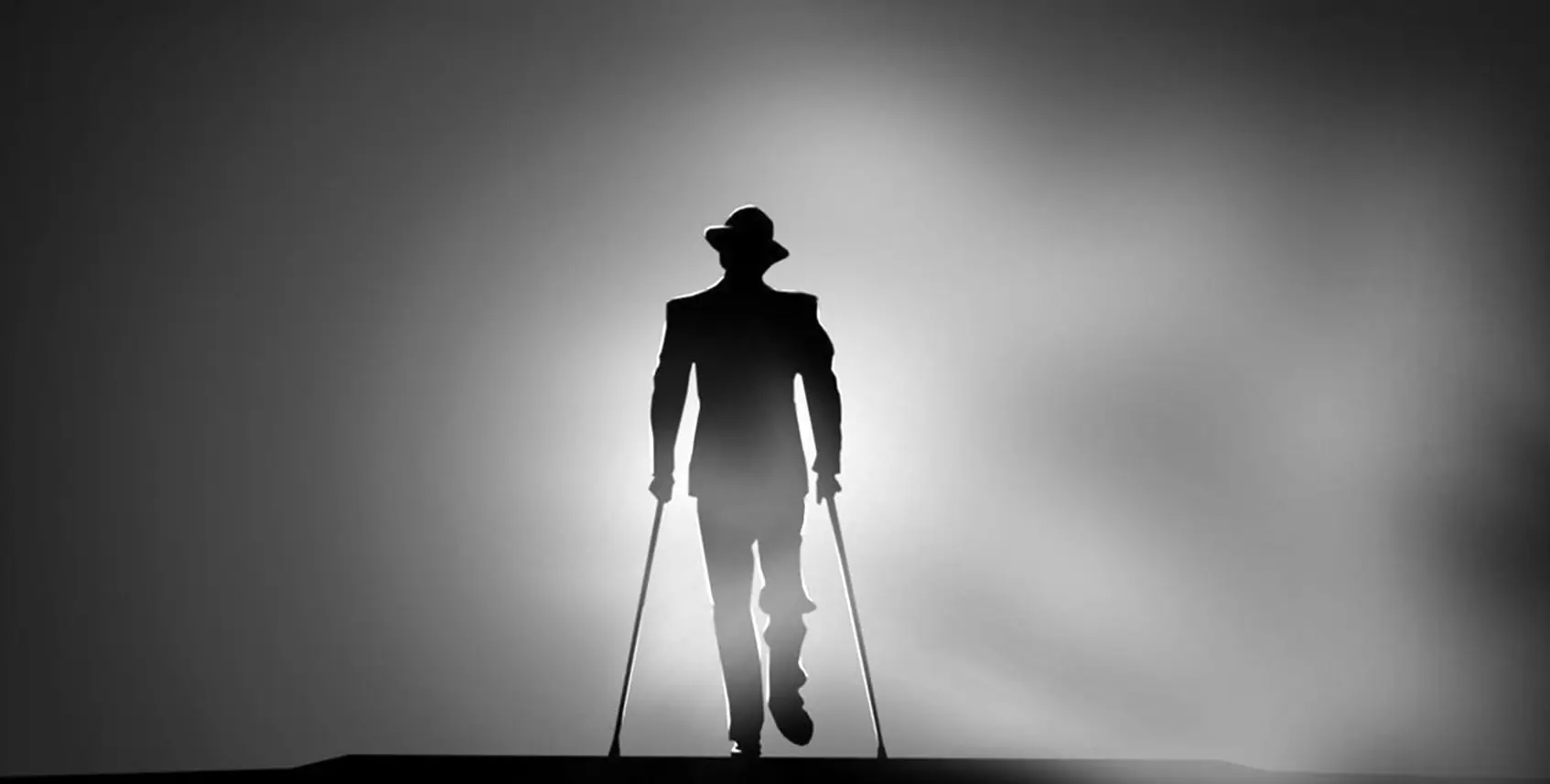
These examples not only demonstrate the film’s enduring popularity but also solidify its position in the cinematic world. They prove its great versatility and timelessness—resistant to both aging and obsolescence. This parable about human greed, the mind’s intoxication by money, and the ease with which we succumb to daily temptations captures sins for which one ultimately pays the highest price. Sins that we seem not to notice or actively ignore out of sheer selfishness. The protagonists of Wilder/Cain/Chandler justify themselves with love while speaking the language of pure desire. They promise loyalty while pulling the trigger without hesitation. And all these shades of life are laid out for us—and for them—beautifully, in black and white.

